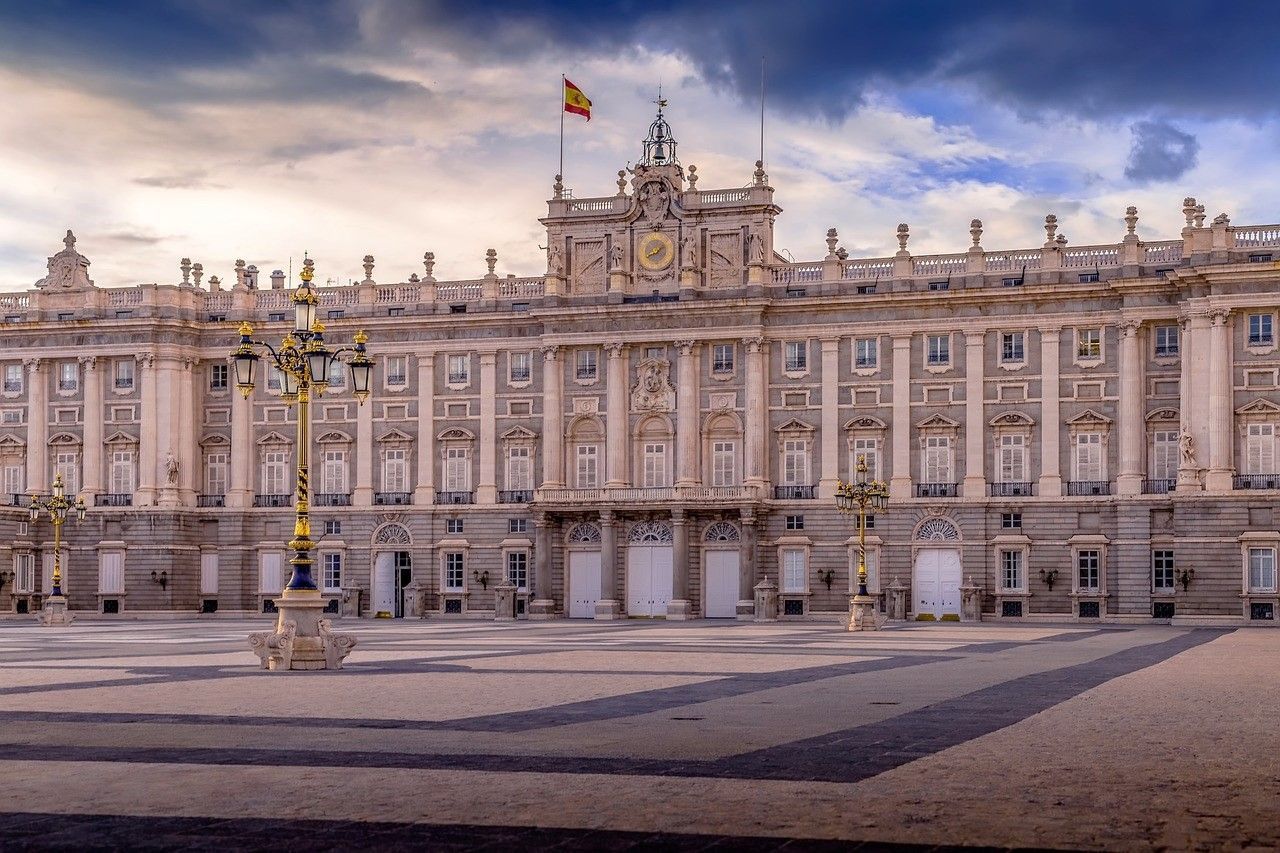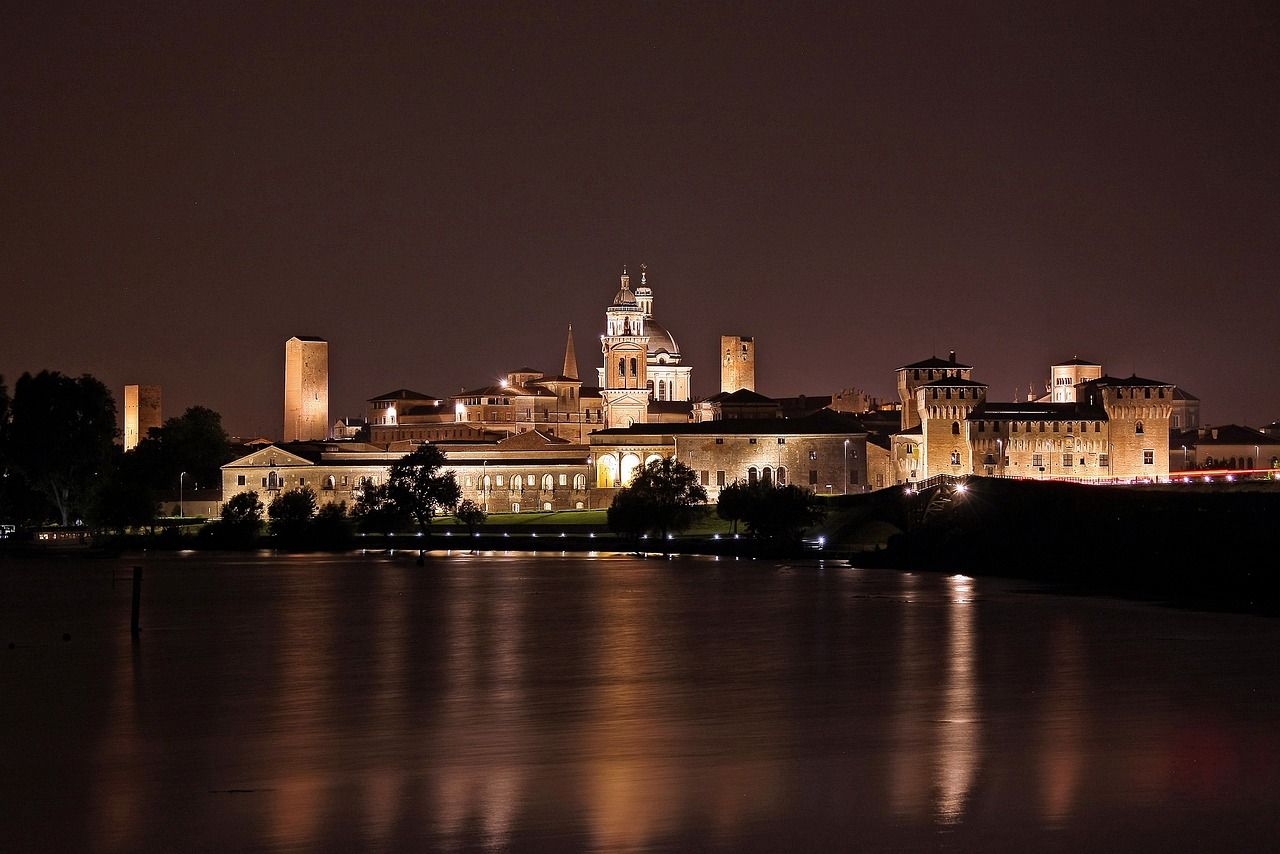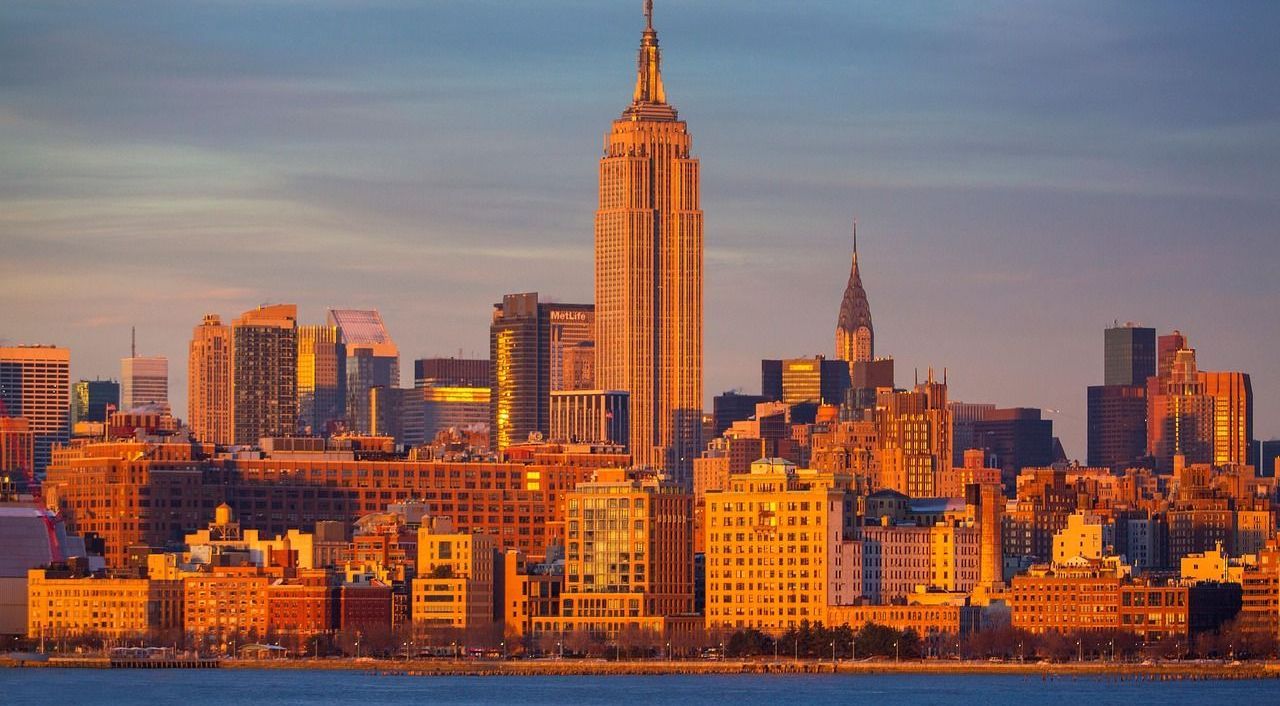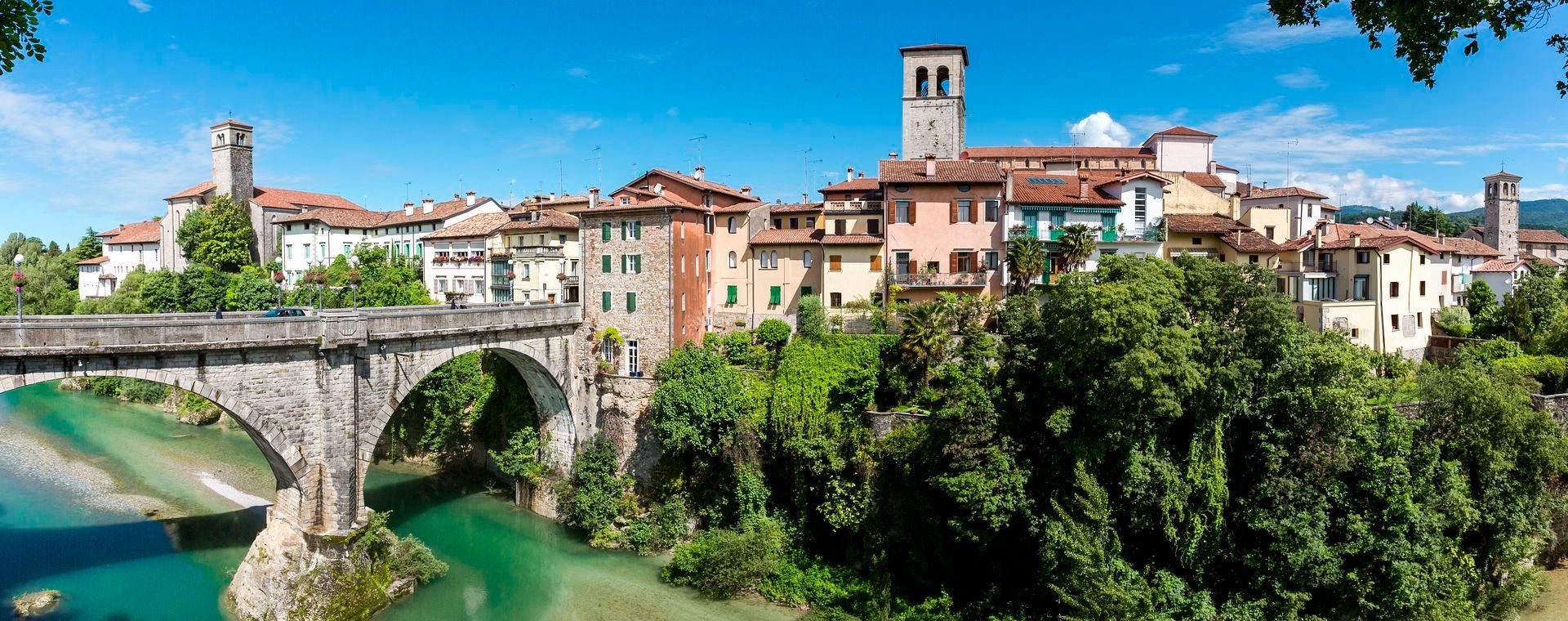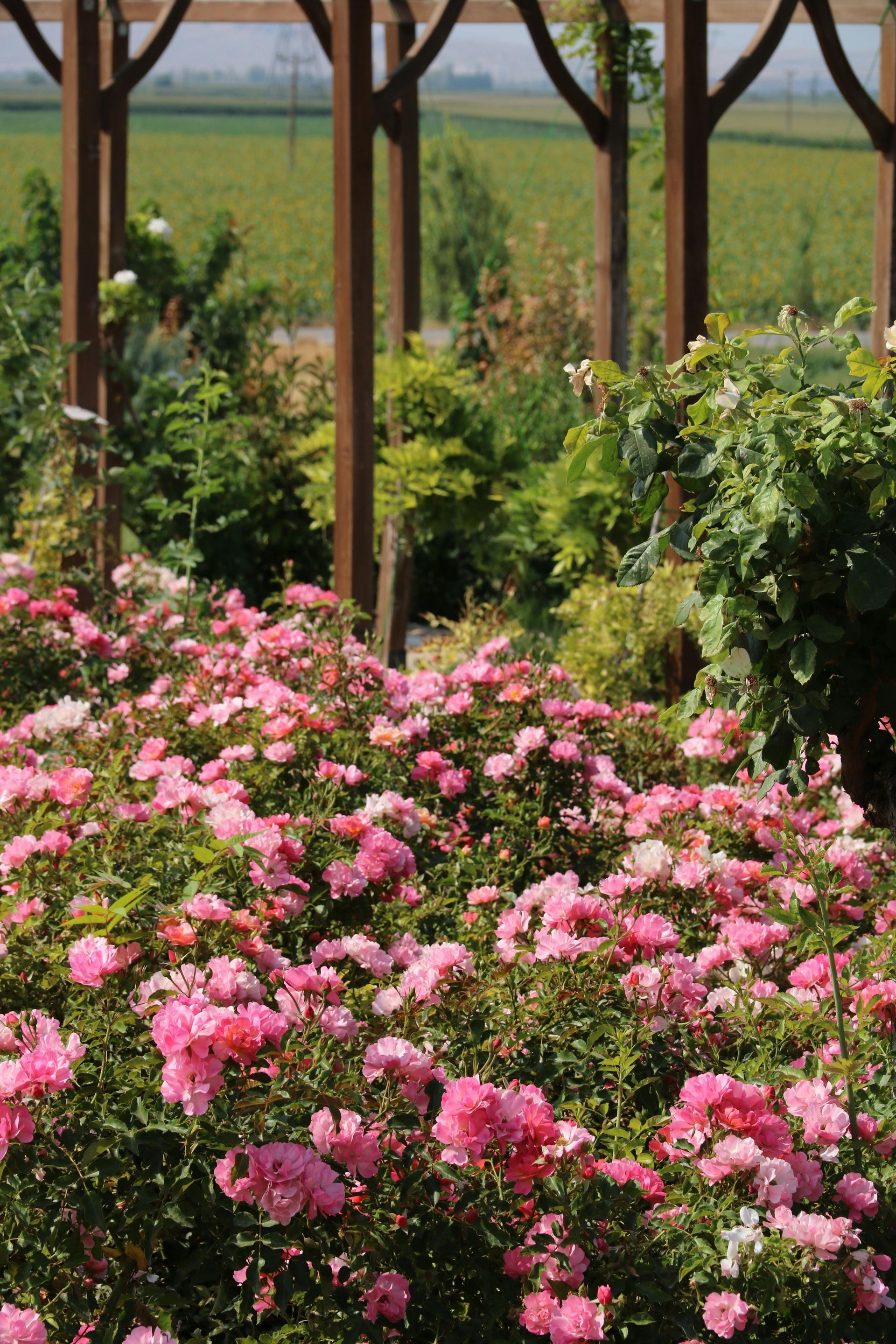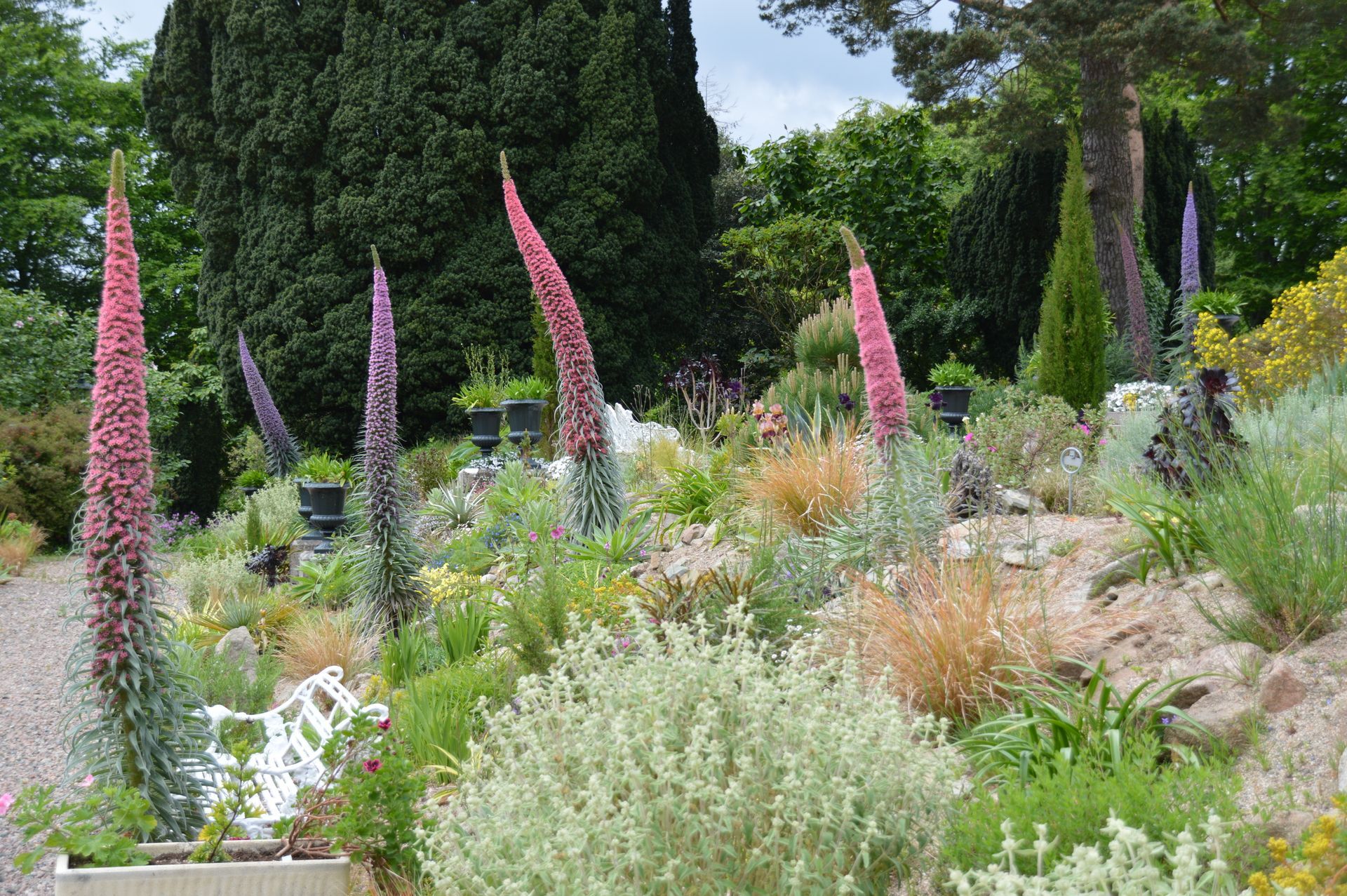The Pursuit of Beauty
With Nigel McGilchrist
As we continue to expand our programmes with visits to some of the world’s most historically rich destinations, we are delighted to announce the return of our Japanese Art History tour, led by expert Lecturer Nigel McGilchrist. In anticipation of the journey ahead, we sat down with Nigel to discuss the appeal of Japanese art and culture, and why this tour is such a distinctive experience. In our conversation, Nigel reflects on how Japan’s unique artistic legacy has been shaped, revealing a culture where aesthetics are not merely admired but lived – offering participants a deeper understanding of a civilisation that continues to fascinate, challenge and inspire.

Our inaugural Japan tour in 2023 was a remarkable success and were thrilled to be offering it again. Could you share some of the highlights that made the experience so memorable for you?
Every day has some new highlight - often quite unexpected: a sudden vista of a swathe of ruby autumn colours caught by the evening sunlight beneath a wooden bridge high above, just as it would be in a Hiroshige print; or that effortless speed and precision of the Japanese bullet trains; or some marvellous teppanyaki dish of fresh vegetables and meat prepared in a theatrical flare of flames by an experienced Japanese chef; a glimpse of Fuji’s snow-capped summit; or simply the quiet streets and wooden houses of old Kyoto, engraved by the light of gentle lamps. But perhaps what I remember most vividly from the 2023 visit, was our very first evening in Japan, in Nara, just after our arrival. We walked across the deer park to the great temple of Todai-ji - which is, in many ways, the mother of all Buddhist temples in Japan, dating from the mid-8th century - smaller now than it was originally, but still the largest, entirely wooden building in the world, sitting there, unbelievably vast and quiet, like some great ship at anchor. We entered perhaps half an hour before closing time. Little by little, all the other visitors left, and we suddenly found ourselves alone, save for a few polite guards, with the 50ft high bronze figure of the seated Buddha towering above us, and no sound but the gentle settling of the wooden roof. Then...leaving the building into the almost silent precinct in front of it, in the day’s last rays of light. There are many such moments of unexpected peace and beauty which I remember from that tour.
What can guests expect from this tour, and what is likely to be among your personal highlights?
Time to reflect and to absorb deeply. Temples and gardens, and museums and collections, are mostly quite small by comparison with those in the West. They do not overwhelm. Their craftsmanship and beauty set you at peace so that you can contemplate them in quite new ways. It can be a revelation. I think the Miho Museum, high in the pine-clad hills between Nara and Kyoto, is a particular highlight for me. A small, exquisite collection; amazing views from every window, framing the works of art; and a uniquely dramatic arrival to the entrance, choreographed by the astonishing architectural ideas of l.M. Pei, make it surely one of the most striking museum visits in the world.
What are the characteristics of Japanese gardens? Why are Japanese religious practices linked so closely to garden design?
Japanese gardens are first and foremost sacred precincts - places of contemplation, of spiritual repose and instruction, of peace and refuge from the rush of life. They can be demanding, however, because they can be approached on so many levels - intellectual, emotional, aesthetic, horticultural...Often they have literary allusions or mythological suggestions; sometimes they are almost disturbingly simple, while at other times, complex and involving. Yes, they need some explanation ... but after that, it is a matter of just being receptive to their magic, listening to what they tell you. Buddhism always prioritises attentiveness and listening. And that is why the Japanese garden is the classic 'Buddhist space'.
What kind of influence have traditional Japanese gardens and temples had on modern Japanese art, if at all?
A very interesting question. Modern art in Japan (which for me can actually be found in almost all aspects of 21st-century life in Japan) is never gratuitously 'grungy' as so much Western modern art is; it is rarely 'in your face'. It is exciting, yes, thought-provoking and cutting-edge (especially the architecture and museum designs), but it always harks back to those basic qualities of craftsmanship and apparent simplicity (I say 'apparent' because in fact it is often very complex underneath!) which underpin the beauty of the Japanese garden.
Japanese art comprises a wide variety of styles and materials. Are there any artworks you're especially excited to share with your guests?
Yes: I think, most of all, I would say the temples and sculptures of Nara. Nara is the old capital of Japan, pre-dating the much more famous and grander capitals of Kyoto and, later, Tokyo. It is much less visited by comparison with them, yet, in some ways, it offers a richer experience. The material of the arts here is mostly wood - different kinds of beautiful wood - crafted into very moving sculptures of the 9th- and -1Oth-Centuries, and into huge wooden temples that have survived from as early as the 7th and 8th centuries. They creak like vast wooden ships: they remind you are on a journey - but in a different element from the sea!
Are there any elements of this tour that you feel may surprise people?
Knowing what the weather in November is like in Europe, people may be surprised by our choice of timing. But, in Japan, November is generally a month of stable weather and clear skies, gentle sunlight and moderate temperatures - ideal for catching glimpses of the ever-elusive Mount Fuji. Few tourists and crowds, furthermore. And of course, the gardens are still in the glory of their autumn colours.
How would you like your guests to feel? What would you like them to take away from their experiences in Japan?
A realisation that there is a small corner of the world where all things, from the most humble to the most important, are done with a consideration for beauty and courtesy - something that we could well learn to do better in the West!






